Overflowing landfills and islands of garbage floating in the Pacific. Over reliance on non-renewable energy sources.
These two seemingly unrelated global problems have a shared solution: Convert the waste into energy.
 Waste to energy (sometimes termed “energy from waste”) generally refers to the process of generating energy--electricity and/or steam from the combustion of non-reusable waste. Industrial waste, agricultural waste, municipal solid waste, and your garbage are all fodder.
Waste to energy (sometimes termed “energy from waste”) generally refers to the process of generating energy--electricity and/or steam from the combustion of non-reusable waste. Industrial waste, agricultural waste, municipal solid waste, and your garbage are all fodder.
These technologies can produce biogas, as well as synthetic and liquid biofuels, which can be converted into electricity. It won’t completely solve either the waste or energy problem, but it provides an important first step.
These evolving waste-to-energy trends are a larger movement toward the circular economy, in which materials are continuously repurposed until they are finally recycled. It’s a closed loop, hence the circle. Waste-to-energy focuses on that final step, recycling waste into energy.
Europe has been leading the way. Already, less than 1 percent of Sweden’s household waste ends up in landfills. The nation even imports garbage to turn into energy.
The most common waste-to-energy processes involve heat. Although these thermal-based processes are the dominant approach, one of the most interesting--and rapidly evolving--waste-to-energy trends doesn’t involve heat; we’ll start with that one.
Anaerobic Digestion
Anaerobic digestion produces a biogas (methane and carbon dioxide). The process can happen naturally or in a plant.
This approach has been particularly useful in the developing world, creating enough energy for cooking and lighting in homes. It’s even used to run gas engines. China and India are among the leaders in this area.
It’s starting to gain traction in the States, Waste 360 reports. The focus is on food waste. In West Hartford, Conn., for example, about 130 homeowners participated in a 15-week food waste recycling pilot. Michigan State University processes up to 24,000 tons of food waste annually, generating 380 kilowatts of electricity per hour.
It’s more than a novelty. Expect adoption to accelerate--perhaps dramatically. New research out of Cornell University has identified a way to make anaerobic digestion more feasible: Using hydrothermal liquefaction before anaerobic digestion could make the process more efficient and faster; what took days could soon take hours.
On another front, anaerobic digestion technology may soon be used to turn plastics into energy and fertilizer, reports Plastics News Europe.
Anaerobic digestion is becoming increasingly common worldwide and some analysts, including those at Statistics MRC, predict significant growth rates--higher than those for thermal. But for now, thermal dominates.
Thermal Approaches, From Incineration to Depolymerization
 The most common thermal approach is incineration, which uses waste as a fuel to ultimately make steam, which is then used to generate electricity. And although the term “incineration” conjures up images of smokestacks pumping toxic black smoke into the sky, current air emission standards require stack output to meet a 99.999% purity standard. Essentially, waste-to-energy recycling emits clean water vapor to the atmosphere.
The most common thermal approach is incineration, which uses waste as a fuel to ultimately make steam, which is then used to generate electricity. And although the term “incineration” conjures up images of smokestacks pumping toxic black smoke into the sky, current air emission standards require stack output to meet a 99.999% purity standard. Essentially, waste-to-energy recycling emits clean water vapor to the atmosphere.
Each year provides new technology breakthroughs. Among the latest are
Gasification, which involves the superheating of waste in an oxygen-controlled environment. Gasification converts waste into synthetic gas. (Plasma gasification does, too, but at much higher temperatures, using a plasma torch.)
Pyrolysis is a form of gasification that occurs in an oxygen-free environment at lower temperatures than conventional gasification--generally under 750°F. The reaction produces a synthetic gas.
Thermal depolymerization breaks down various waste materials into crude oil products. The waste--the feedstock--is heated under pressure and turned to slurry; the oil is then separated from the water.
These processes can address a crucial problem: What do we do with plastics? Landfills are overflowing with plastic, and some can’t be recycled due to contamination or other reasons. For example, plasticulture--plastics uses in agriculture--often can’t be recycled. But they can be converted into energy through depolymerization and pyrolysis.
Moving Towards the Circular Economy
While waste-to-energy provides a seemingly limitless renewable and clean energy source, there is always an opportunity to reach higher.

Photo Courtesy of Temary.com
Currently, in the United States, spent flammable liquids (industrial solvents) are a leading source of alternative fuel for kilns used in manufacturing cement………but there is a higher purpose available – cleaning the liquids and preparing re-use in industry……. extending the resource lifecycle.
At Temarry, we have created a system that allows us to take spent industrial solvents and recycle them. All waste received by Temarry is recycled, and nothing goes to landfill. Temarry is one of only a handful of facilities serving companies in the United States that recycles flammable liquids combining solvent distillation and a waste-to-energy in a closed-loop process.
Here’s how the process works: Liquids (industrial solvents) are filtered and blended, then directed to a solvent recovery still.
We then take Industrial solid hazardous waste (typical solids that are compatible with the system are rags, organic debris, PPE, and absorbents which are almost always sent to landfills) which is thermally treated at 1500°F to generate steam that powers those stills. This is our waste-to-energy system.
The resulting processes produce technical grade solvent products that can be sold to industry.
The byproducts of both processes are then blended and sent to cement kilns to be used as alternative fuels. (Prefer a visual? You can see how the solvent recycling and energy recovery process works here.)
Nothing is wasted. Properly handled, nothing needs to be released into the air or sent to a landfill.
This approach promotes sustainability, reduces a business’s carbon footprint and completely closes the loop, achieving the goals of a truly circular economy – which is all about extending the lifecycle and highest usage of valuable natural resources.
This article was originally published by Temarry Recycling.
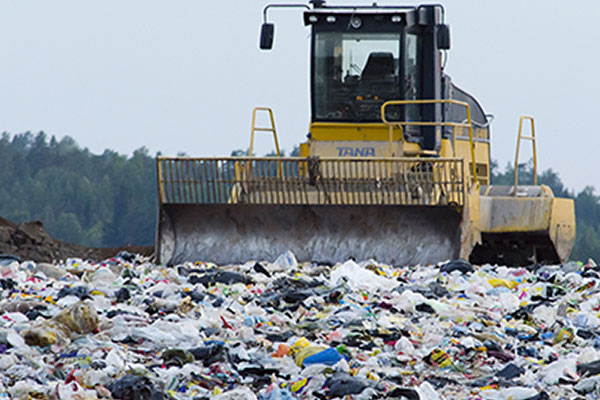

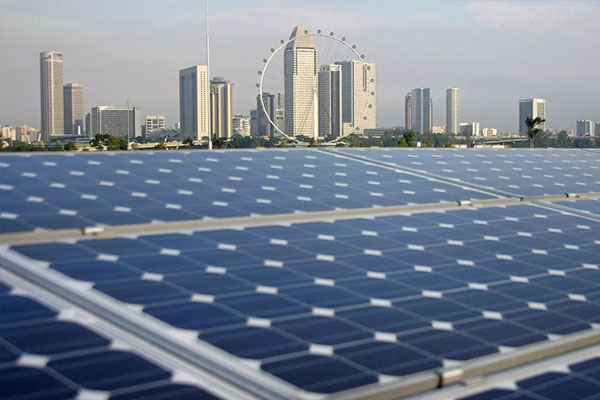


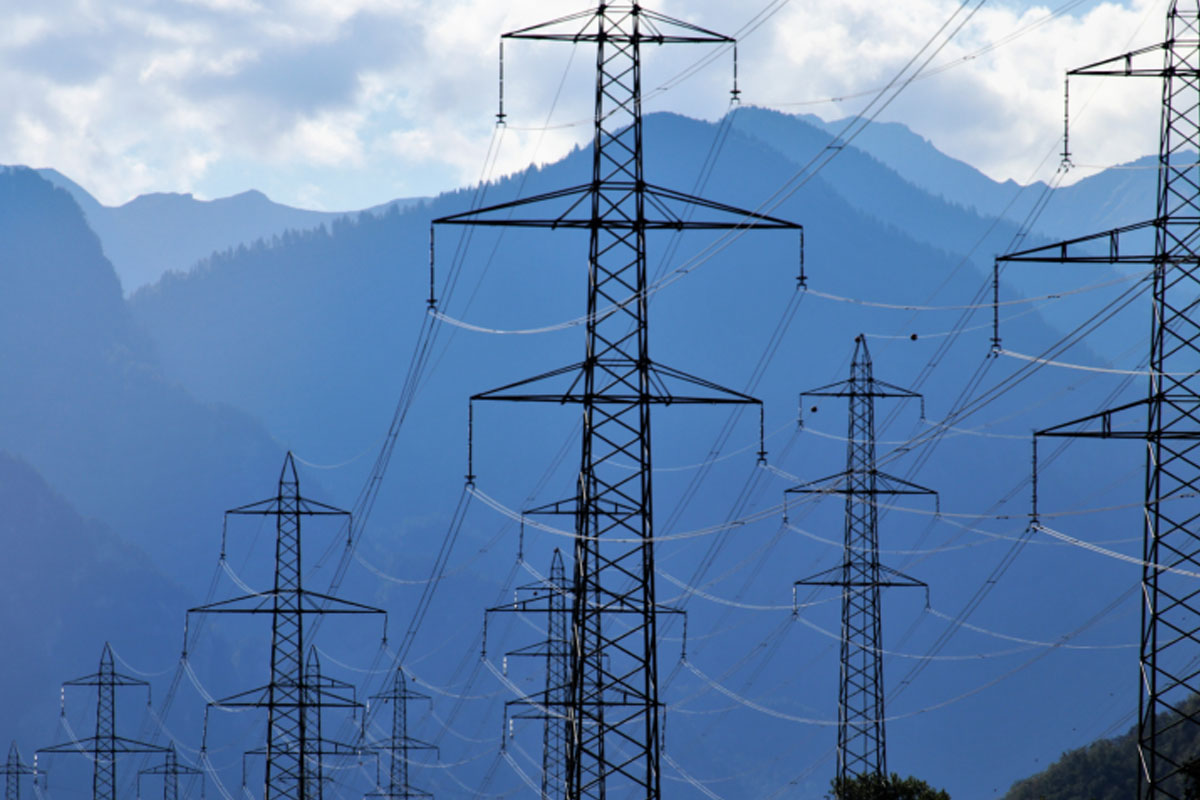
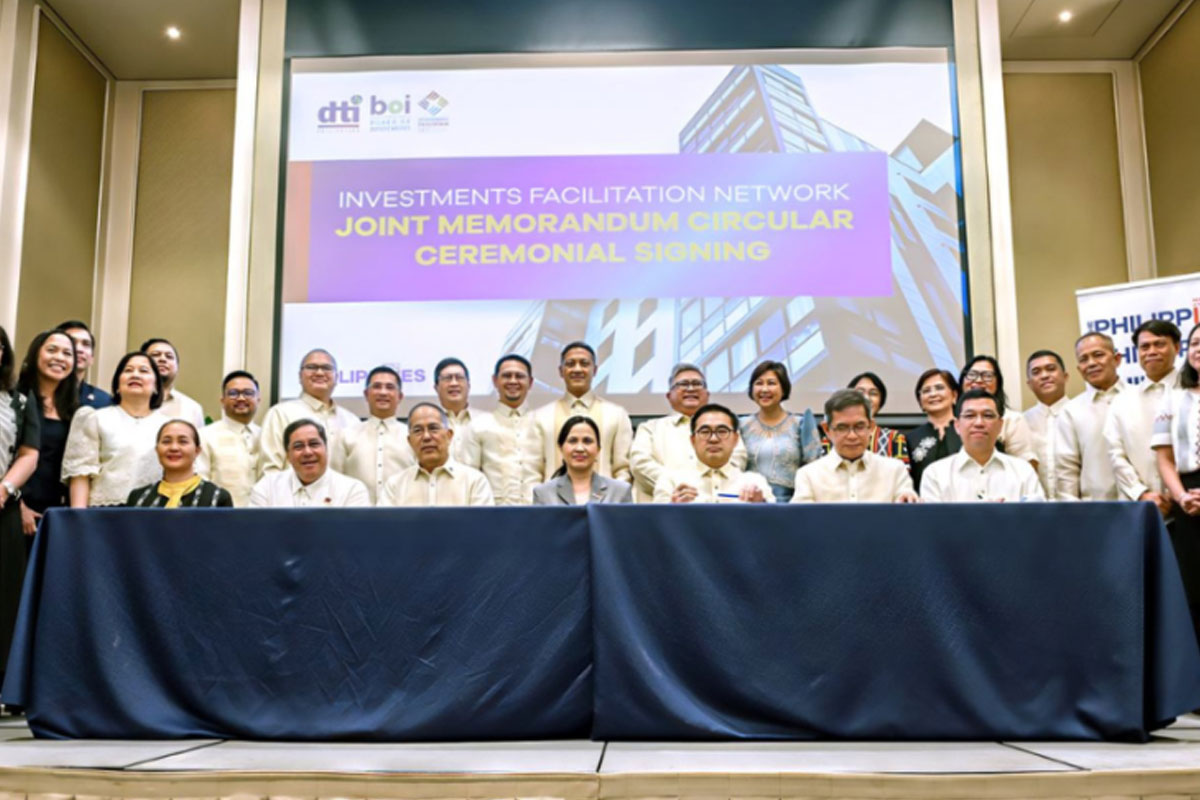


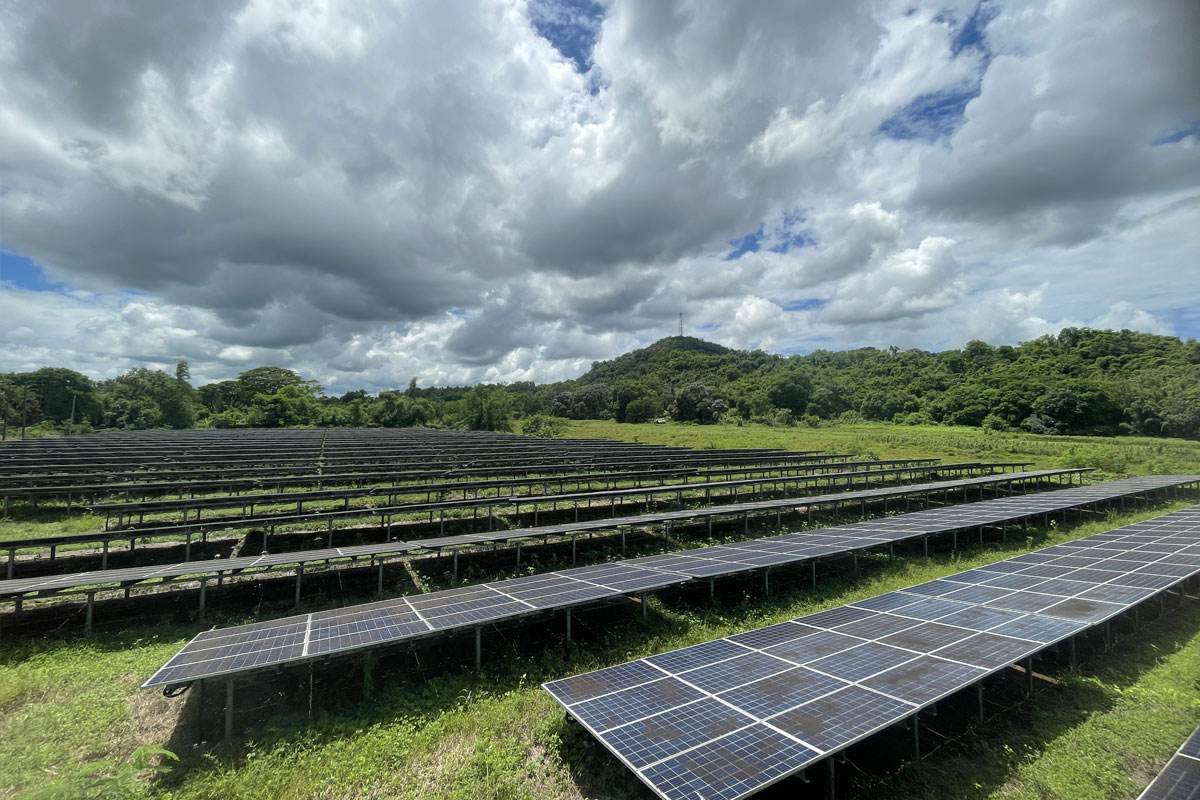




Leave a Comments